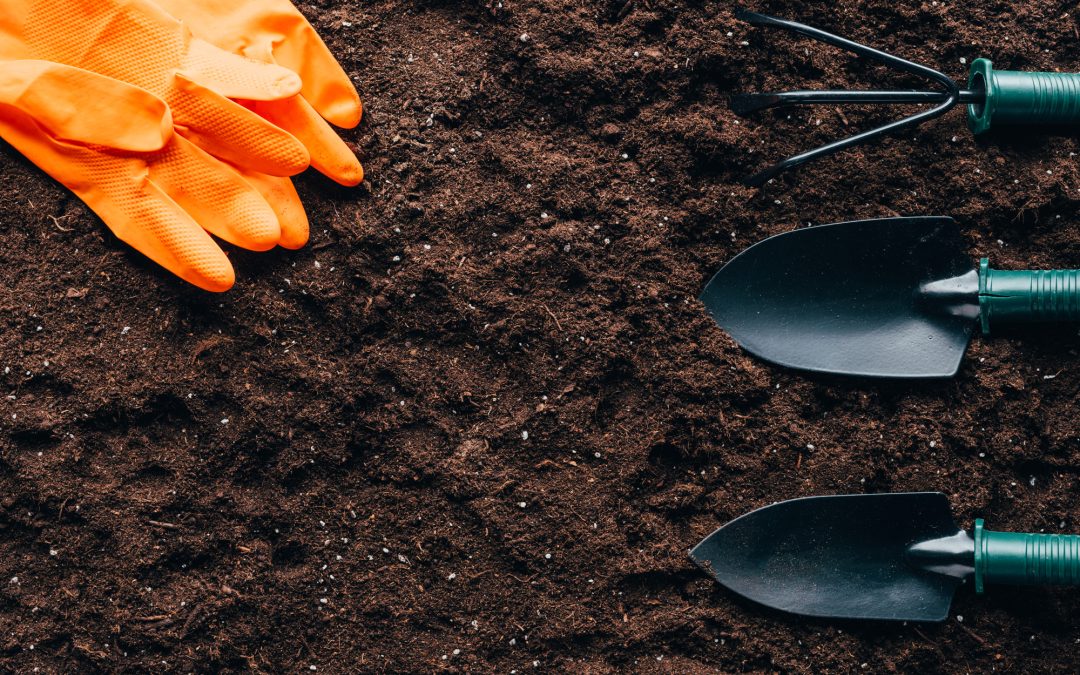Soil is more than just dirt; it’s a foundational element for the health and growth of your plants. Choosing the right soil type is crucial for nurturing your garden. This guide explores various soil types and how to select the perfect one for different plant needs.
Understanding Soil Types
Soil is the foundation of any garden, and its type can significantly impact plant health and growth. From the airy texture of sandy soil to the nutrient-richness of loam, each soil type has unique characteristics and applications. In this section, we delve into the common soil types – loam, sandy, clay, and silt – exploring their properties and ideal uses. This knowledge is crucial for gardeners to create the optimal growing environment for a variety of plants.
Loam Soil
Loam soil, a balanced mix of sand, silt, and clay, is often considered the ideal garden soil. Its structure provides excellent drainage while retaining enough moisture and nutrients. Loam is versatile and suitable for a wide range of plants.
Sandy Soil
Characterized by its coarse texture, sandy soil offers quick drainage but holds less water and nutrients. It’s ideal for plants that thrive in drier conditions, such as succulents and certain herbs.
Clay Soil
Clay soil is dense with fine particles, making it highly moisture and nutrient-retentive. While great for moisture-loving plants, it may require amending to improve drainage for other plant types.
Silt Soil
Silt soil, with fine particles, strikes a balance between water retention and drainage. It’s a good choice for plants that need consistent moisture without waterlogging.
Soil pH and Nutrients
Soil pH plays a critical role in plant health, influencing nutrient availability. Most plants prefer a pH between 6.0 and 7.0. Testing your soil’s pH can guide you in making necessary adjustments using lime (to increase pH) or sulfur (to decrease pH). Additionally, understanding the nutrient makeup of your soil is crucial for plant nourishment.
Amending Soil for Specific Plant Needs
To cater to specific plant requirements, you might need to amend your soil. Incorporating organic matter like compost improves nutrient content and soil structure. Perlite and vermiculite can enhance soil aeration and drainage, especially important in clay soils.
Special Considerations for Potted Plants
Container plants have unique soil requirements compared to garden beds. Potting mix, designed for pots, ensures proper aeration and drainage, essential for the health of containerized plants. Regularly refresh or replace potting soil to maintain its quality.
Seasonal Soil Care
Soil care varies with the seasons. Prepare your soil in fall for the next planting season, and consider winter protection strategies like mulching. Spring is the time for soil testing, amending, and preparing beds for planting.
Selecting the right soil is a fundamental step towards successful gardening. By understanding the needs of your plants and the characteristics of different soil types, you can create a thriving garden. Remember, good soil is the bedrock of healthy, vibrant plants.
For more detailed information and specific soil products, explore the resources available on the Saunders Landscape Supply website. Whether you’re a novice gardener or a seasoned green thumb, the right soil can make all the difference in your gardening journey.
